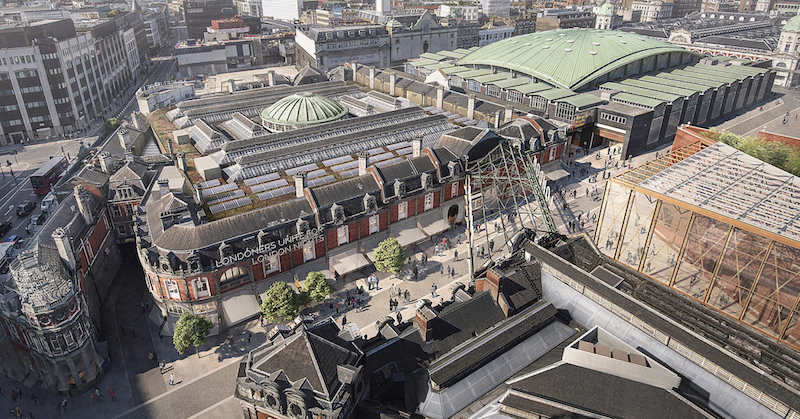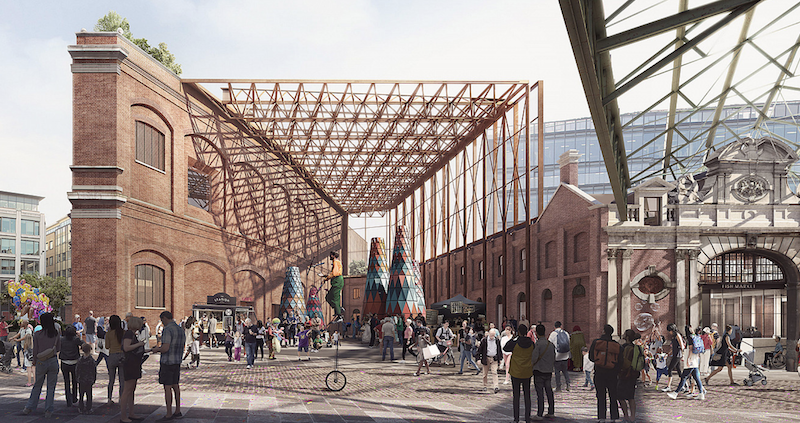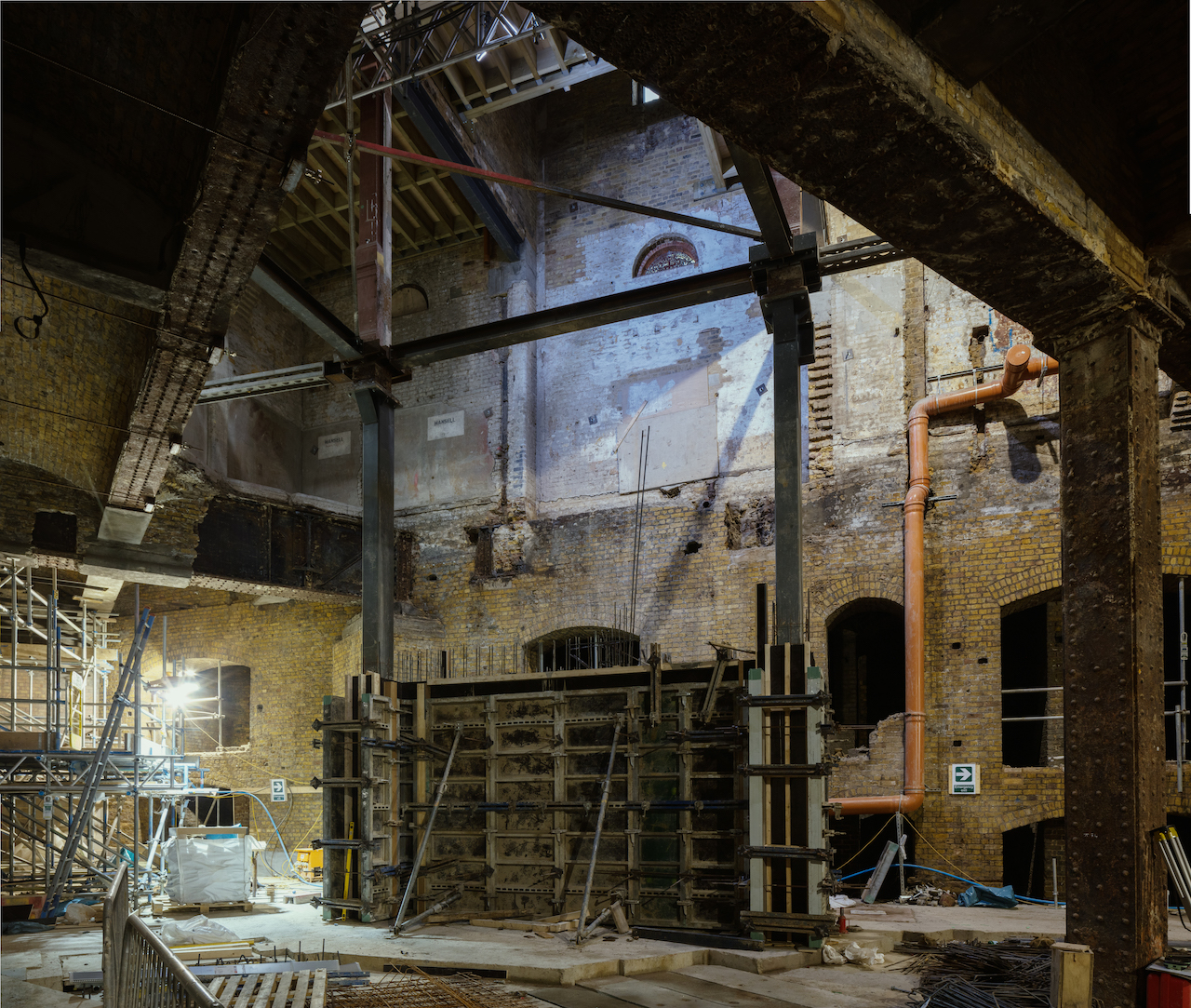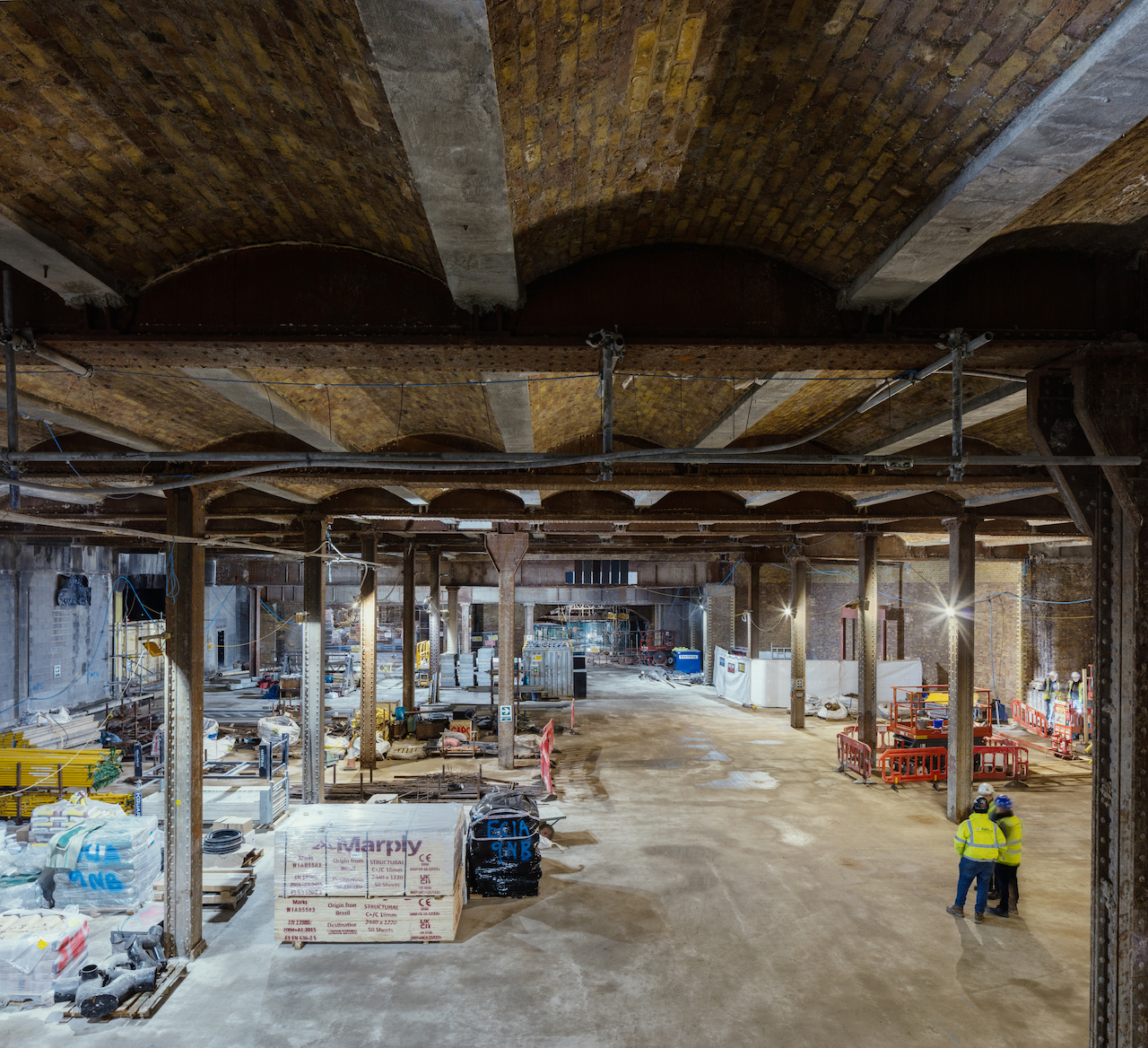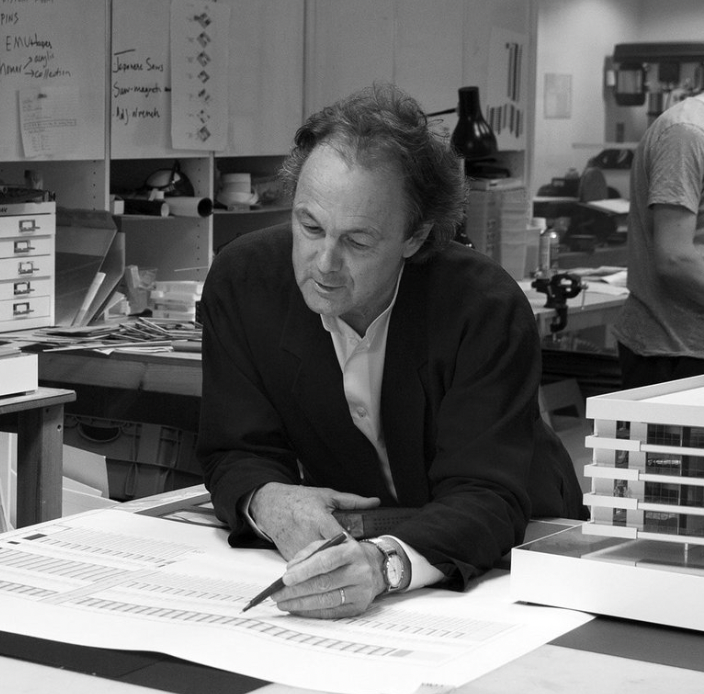Post
New Museum of London interview with Paul Williams, principle director of Stanton Williams
31 Jan 2024
Smithfield market began life as a Friday livestock market outside the Roman city walls, around 1,000 years ago. Who could have imagined that London’s premier place for the slaughtering of animals would be the location of the new £337 million Museum of London.
The site at West Smithfield covers approximately 25,000 square metres, and comprises a series of vacant, mostly Victorian buildings including Smithfield General Market, the Fish Market, the Red House and the Engine House. The vast amount of space offers the museum more than twice its current floor space.
Plans for a world-class museum include visitors arriving at West Poultry Avenue. It will be a place of arrival, and visitors will move into the General Market or the Poultry Market, or they can experience a taste of the Victorian Temperance Movement, with a drink in The Cocoa Rooms café.
Check out our rundown of upcoming events
The General Market, dedicated to ‘Our Time’ will have a restaurant, bookshop, a space for learning events and displays on London within living memory. This space will host over fifty shop fronts around its perimeter and also be a hub for festivals, markets and performances, to talks and discussions about London matters.
Beneath the General Market will be ‘Past Time’, a vast underground space, with exposed ceilings and vaults. It will showcase the London Collection, made up of seven million items. Content will range from skeletons to dress, vehicles to art and photography, and include the Cheapside Hoard presented in the Goldsmiths’ Gallery. There will be a particular focus on lives that previously have been under- represented.
A live train line runs alongside this space, which was once a huge goods depot for the Great Northern Railway. The far end in the old salt store, will be a trainspotters’ delight, spending time to watch the trains pass by. This is believed to be the only museum gallery in the world with a live railway running through it. “What is exciting about this project is the location of the market buildings in Smithfield. It is a story of renewal and reinvention in an area of London so rich in history, so evidently woven into the surrounding medieval street pattern. There are many stories to be told and traces of the past for the museum's visitors to engage with and re-imagine.” says Paul Williams, principal director at Stanton Williams.
Subscribe to the London Society newsletter
The Poultry Market is for ‘Deep Time, Temporary Time and Imagined Time’. On the ground floor will be a learning centre and two exhibition spaces. Staircases leading up to a new platform beneath the ceiling will be a dream space of fantastical London worlds – past, present and future. Offices, laboratories, learning spaces and a research centre will circle around the central space.
But who to build such an extraordinary and futuristic museum? In 2016, the Museum of London ran an architectural competition which was won by Stanton Williams Architects, with Asif Khan and conservation specialists Julian Harrap Architects, picked from a shortlist of six architectural teams.
"Due to the extremely dilapidated condition of the General Market, much of the initial work was spent shoring up large areas of the collapsing interiors. Whilst this essential work was being carried out, the design team were able to have in-depth discussions with Sharon Ament and the Museum team to interrogate and further develop the brief," says Williams.
However, he continues, "our initial proposals and primary objectives have remained constant: to harness the sheer physicality and rawness that already exists on site and, through a process of decoding and translation, either remove existing redundant elements or add contemporary interventions to create a clear organisational logic for the two market buildings. And, of course, to do this you have to spend time in the spaces, to understand their potential and limitations in terms of the Museum's aims and aspirations".
Fast forward to the present day, and currently the museum has completed the first phase of restoration work on the external facades of the almost 150-year-old General Market, originally designed by Sir Horace Jones, architect of Tower Bridge, Billingsgate and Leadenhall.
One of the most exciting developments is incorporating the Poultry Market with the General Market. “The scheme comprises the canopied East Poultry Avenue, running between the two buildings, and by forming glazed entries at both ends we will be able to create a rather wonderful light filled foyer.” Says Williams.
Environmental concerns
Sustainability is at the heart of the design team's thinking, from salvaging and reusing existing materials where possible to using passive energy measures. The project will be powered by the local district network Citygen, so that as the electricity grid and central plant are progressively decarbonised, the museum will become net zero carbon in operation. "But of course, it is the reuse of these existing buildings, already rooted in the fabric of London, that has brought the greatest benefits in terms of sustainability." Says Williams.
One of the most remarkable and unexpected finds within the General Market was the 19th-century cocoa room, originally called The Lockhart Cocoa Room, complete with a temperance meeting room on the first floor. They will be restored and turned into one of the Museum’s cafes.
“Julian Harrap only discovered this space two years into the project because we hadn’t been able to get into that part of the building due to it being structurally unsafe. By removing a hardboard sheet, these rather amazing victorian tiles were discovered. We realised this was one of the last cocoa rooms to exist anywhere in the country.”
Smithfield had a reputation for early-morning drinking. The Cocoa Rooms had their origins in the Victorian Temperance Movement, a social movement against the over-consumption of alcohol. Essays and pamphlets were published warning against alcoholic excess and drunkenness. Market traders were given a token, similar to a coin, equivalent to the amount of one old penny (1d), which entitled them to a penny’s worth of refreshments at any Lockhart’s Cocoa Rooms of their choosing.
London's Square Mile transformed
Opening its doors in 2026, the new Museum of London – rebranded The London Museum will play a key role in the City of London Corporation’s Destination City initiative, which is transforming the Square Mile’s leisure offer to create a leading cultural destination for UK and international visitors, workers, and residents. This investment in the Culture Mile, a new cultural and creative destination for London includes £197m funding to support the Museum of London’s move to West Smithfield.
“Once completed, this project will provide the Museum with wonderfully dramatic spaces, both above and below ground, capable of hosting an extensive range of displays, temporary exhibitions, learning activities, etc. and capable of triggering the imagination of young and old.”
Words by Fiona Keating. Photos by Will Scott.
